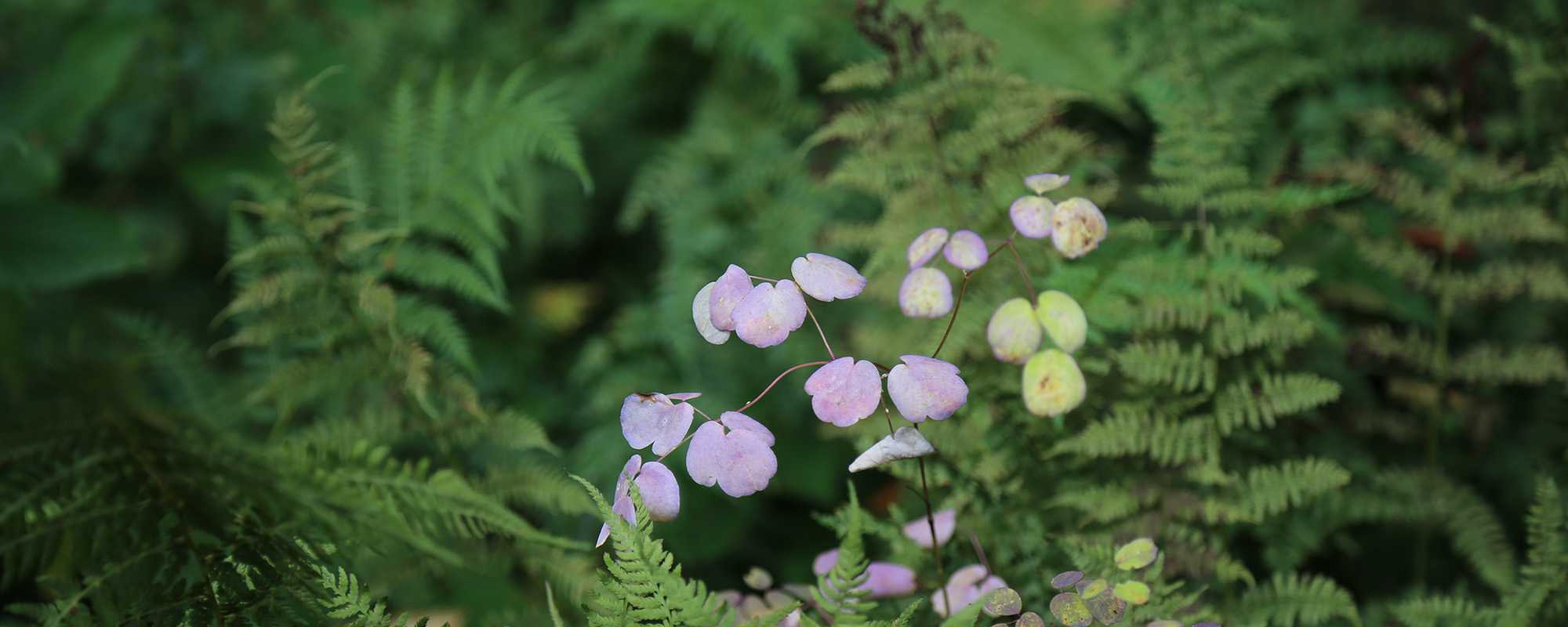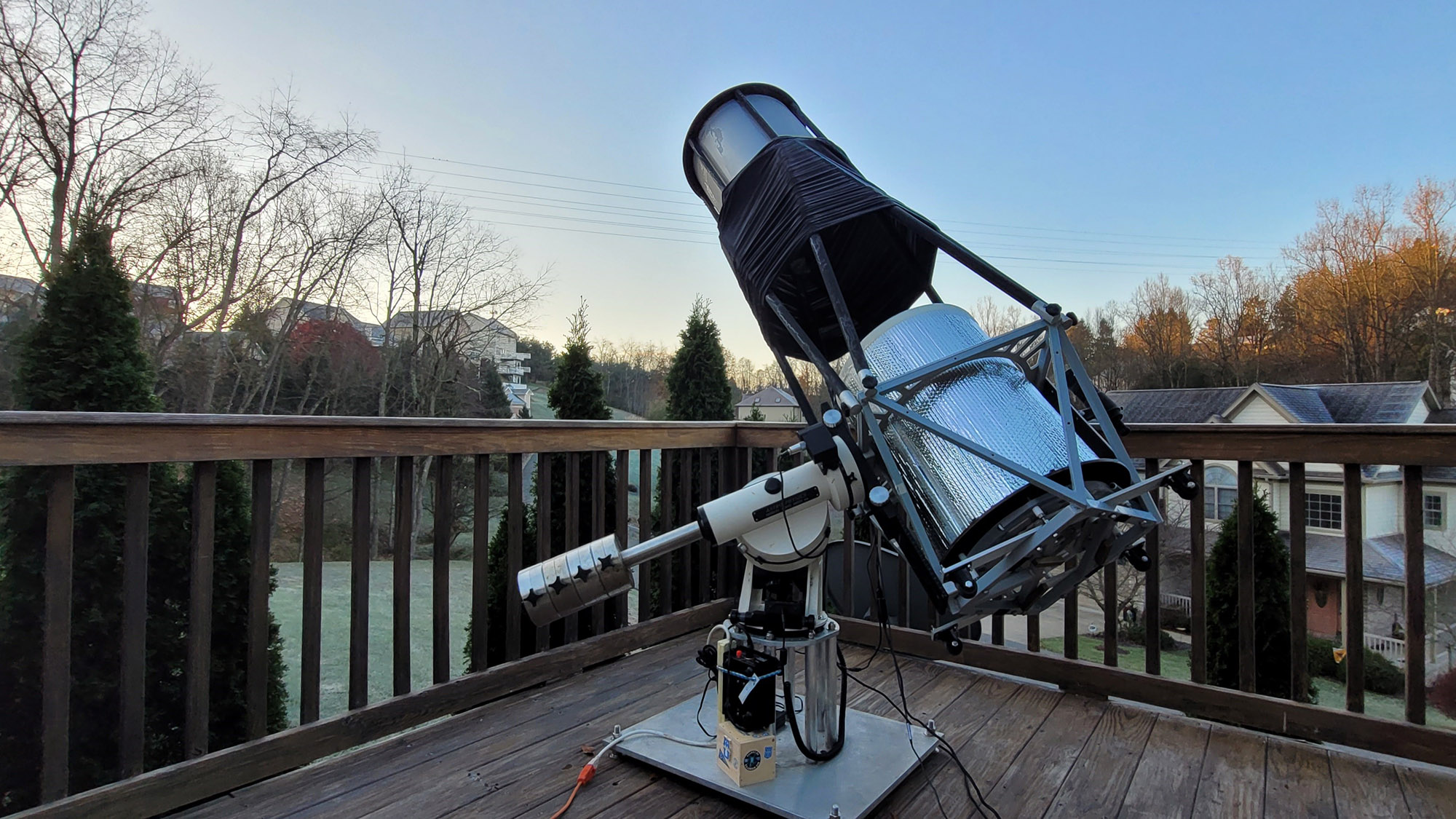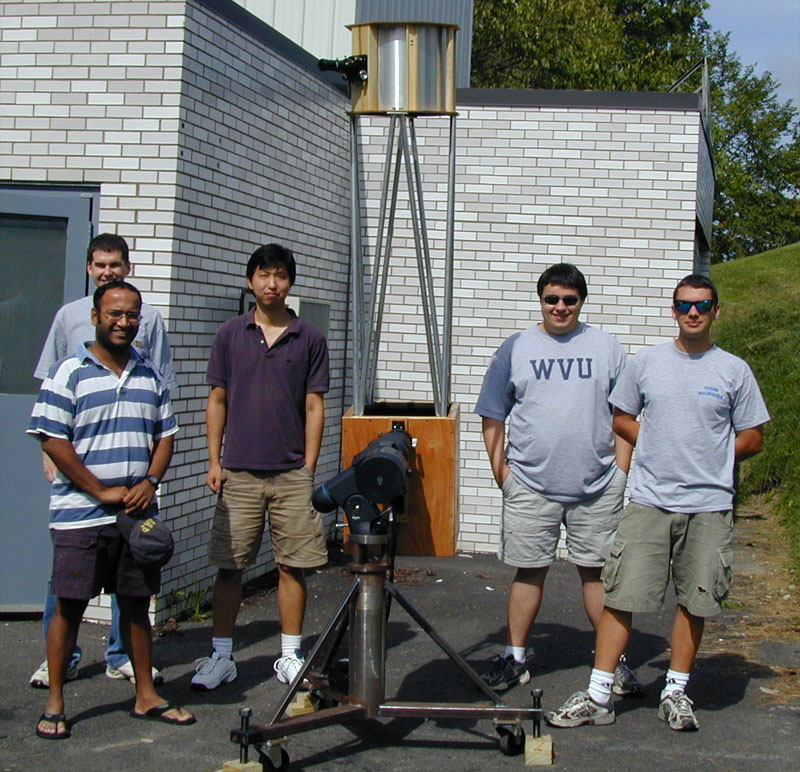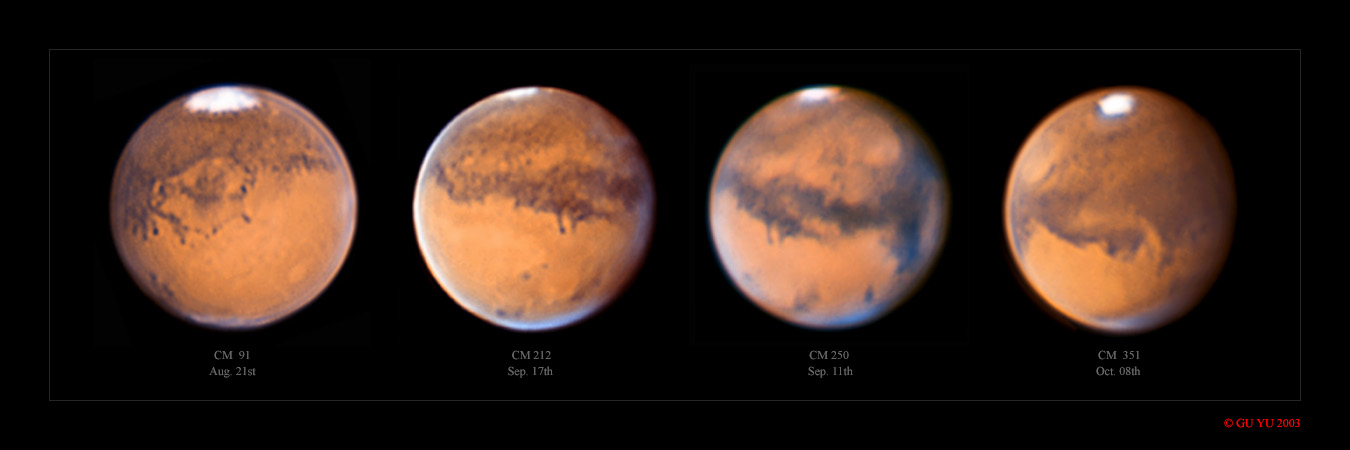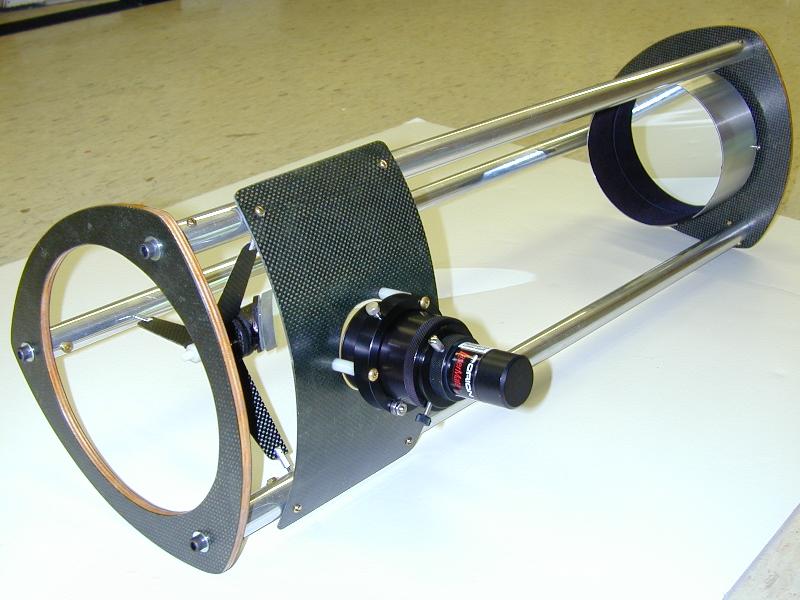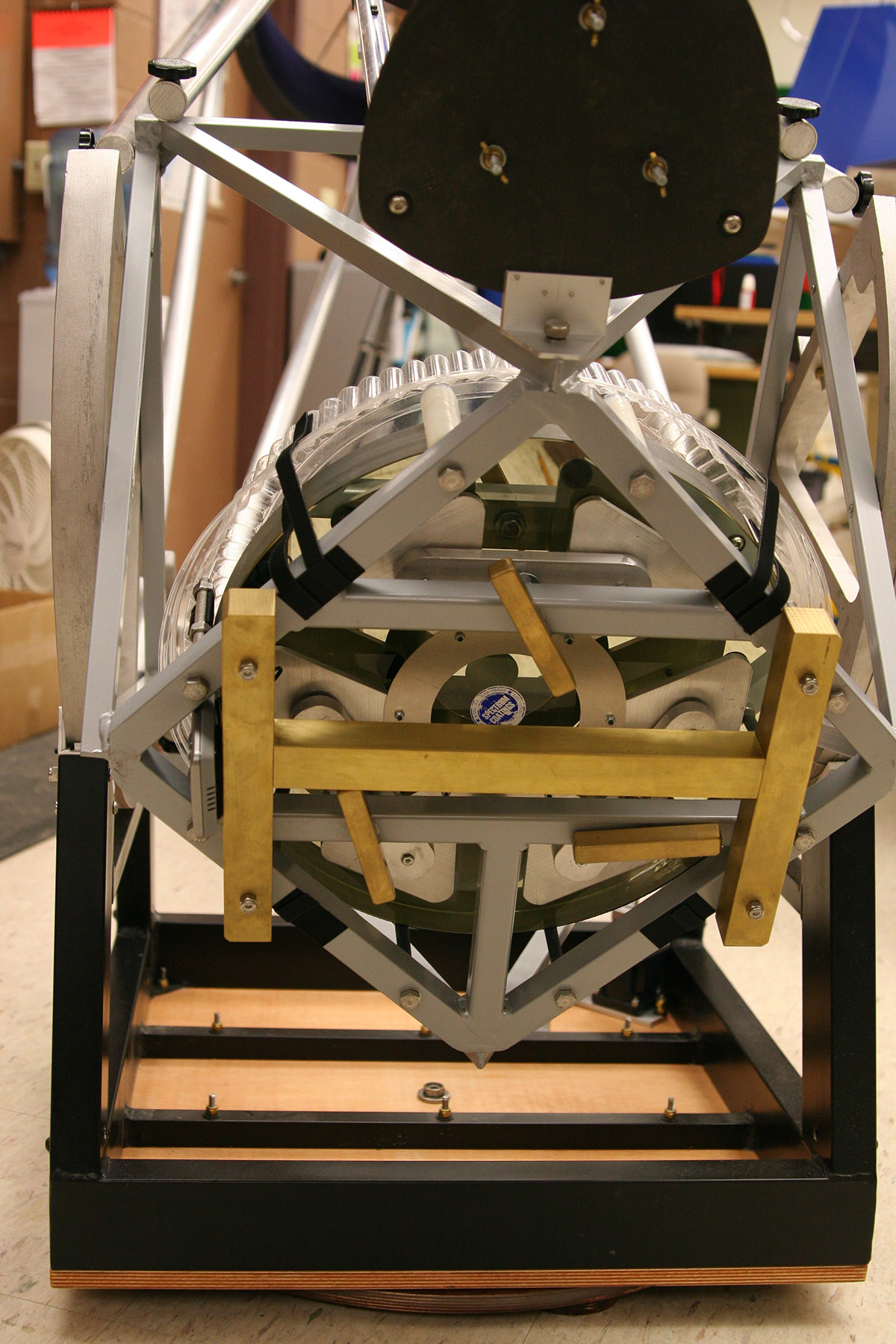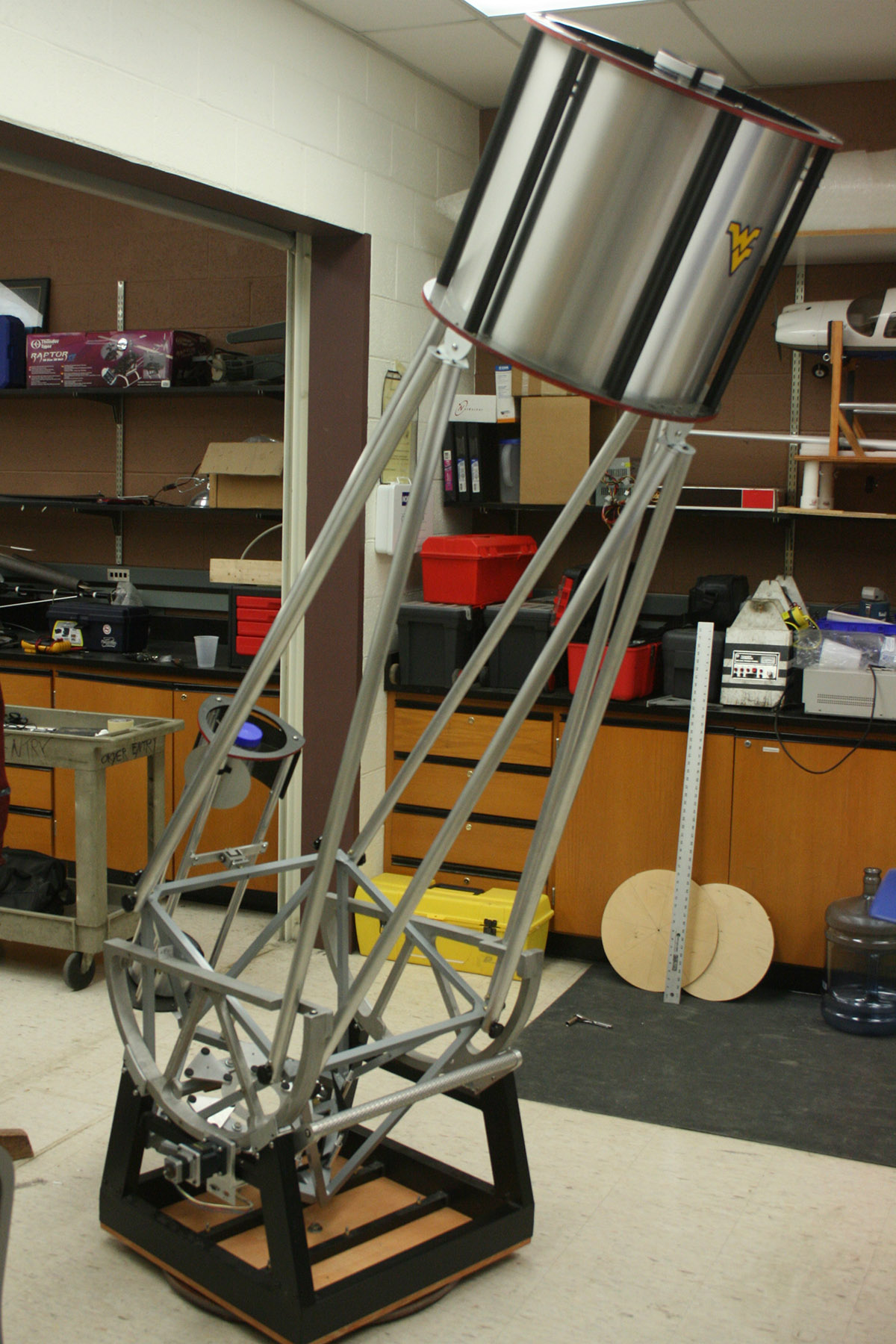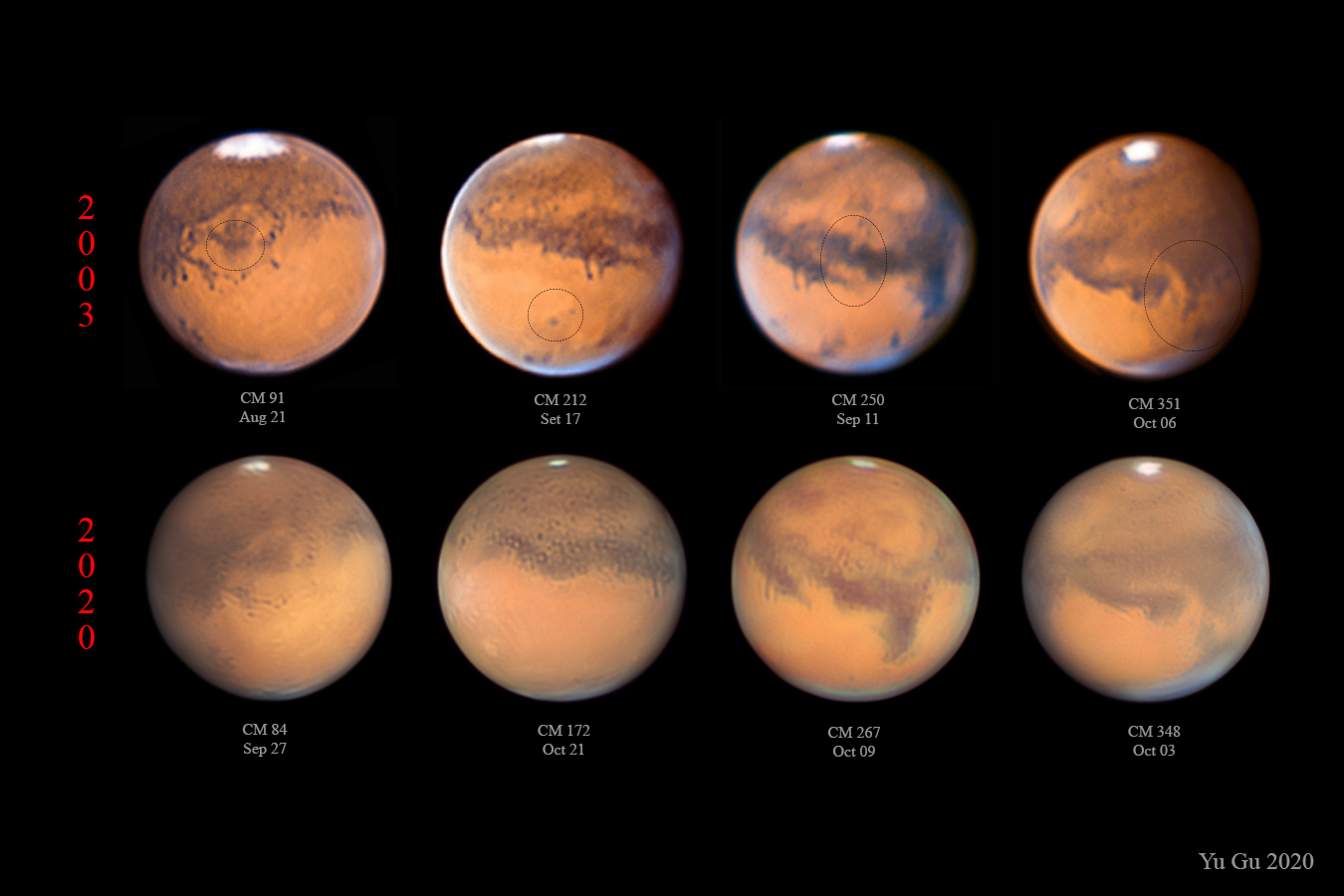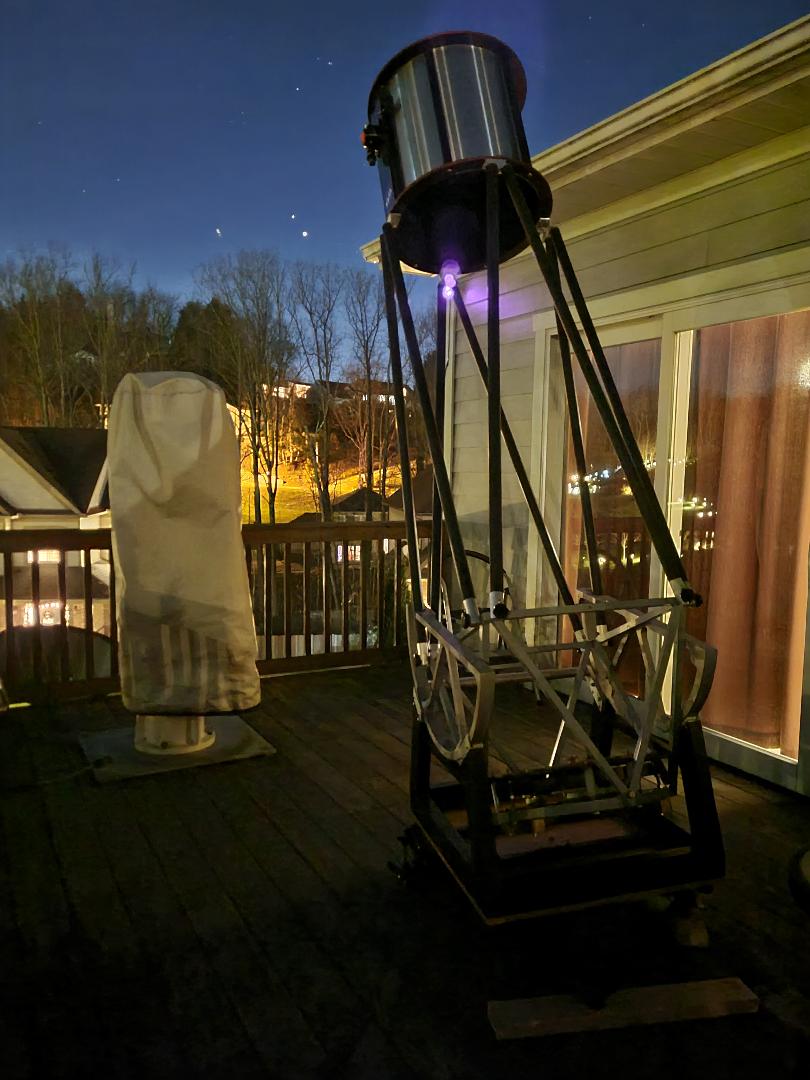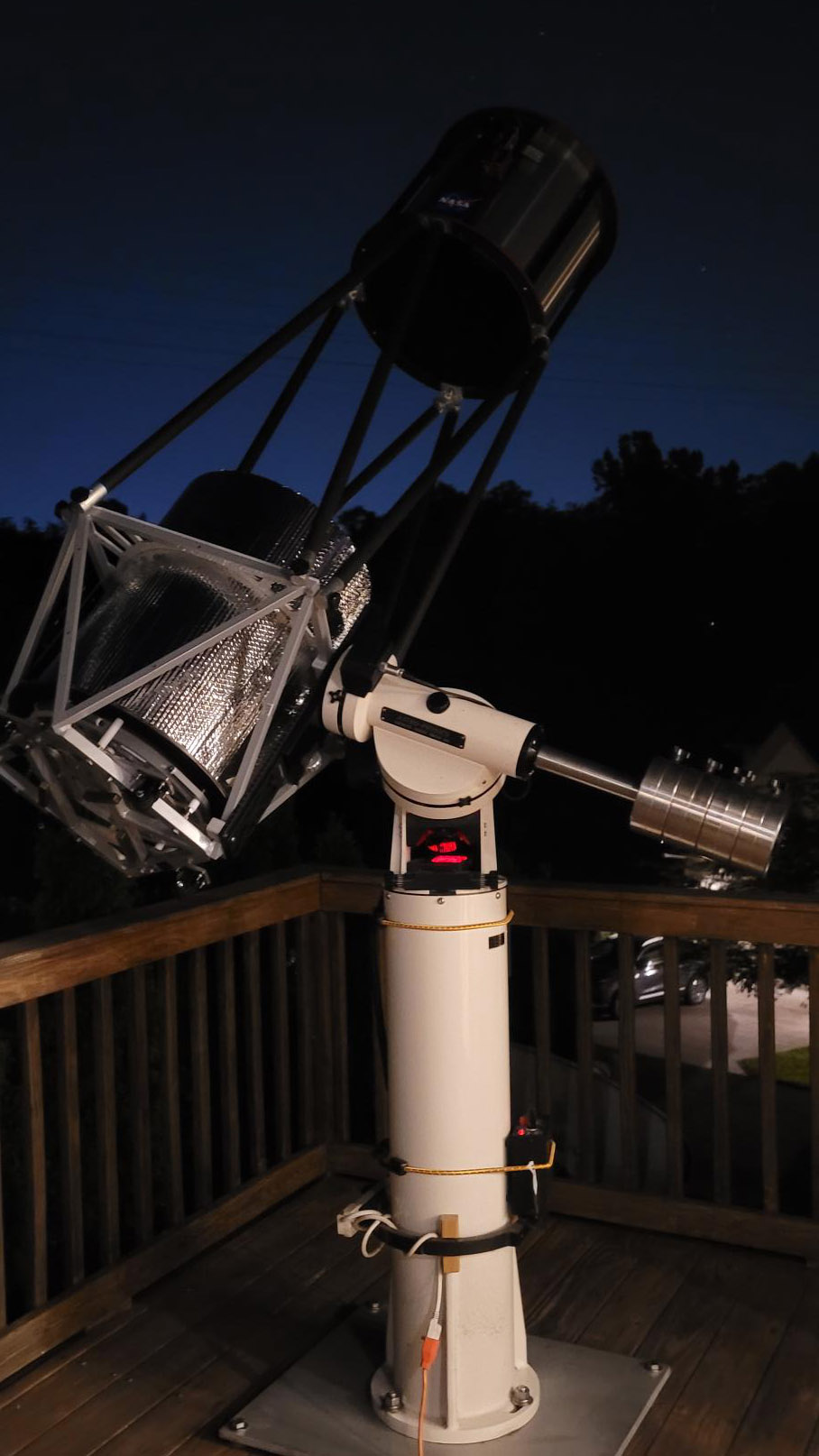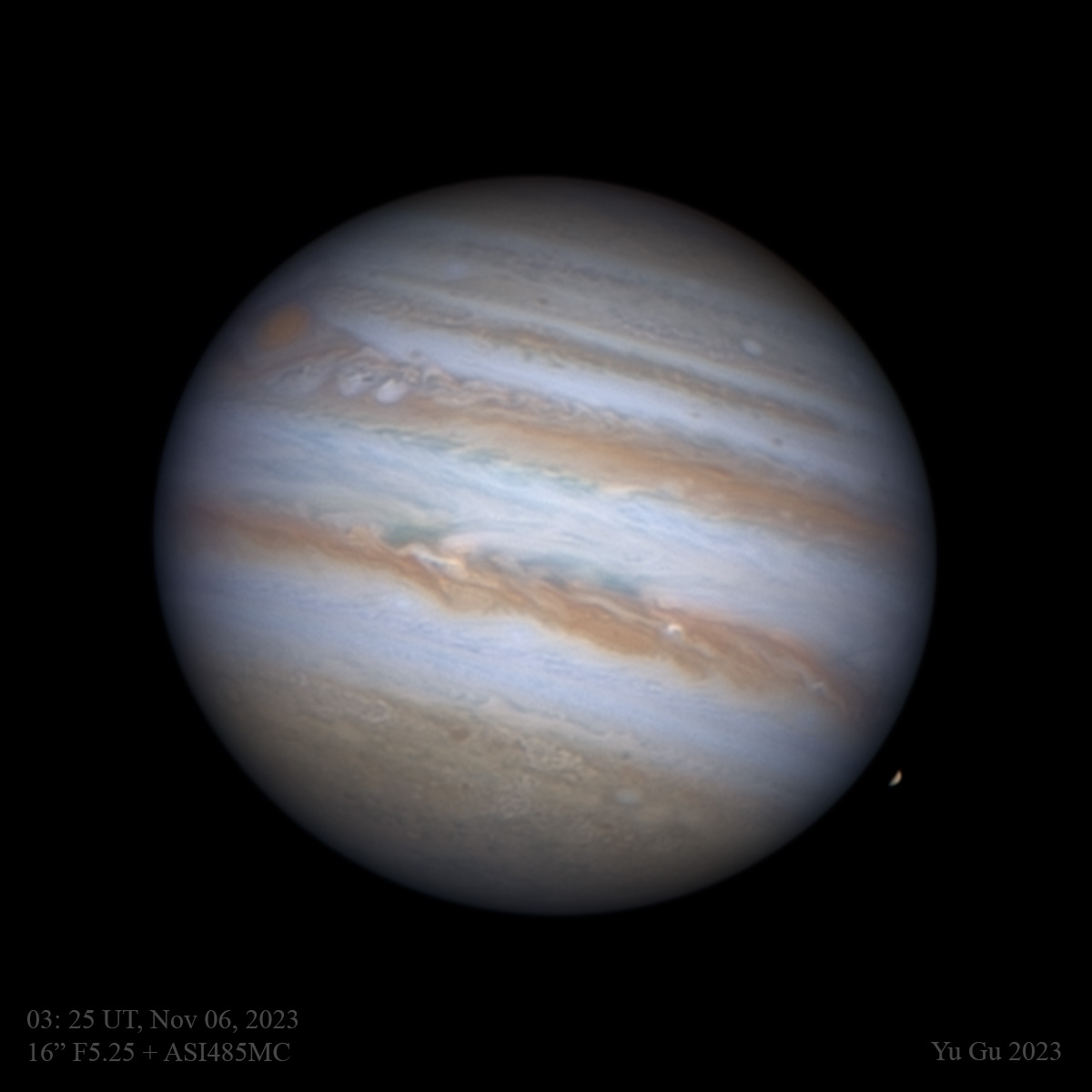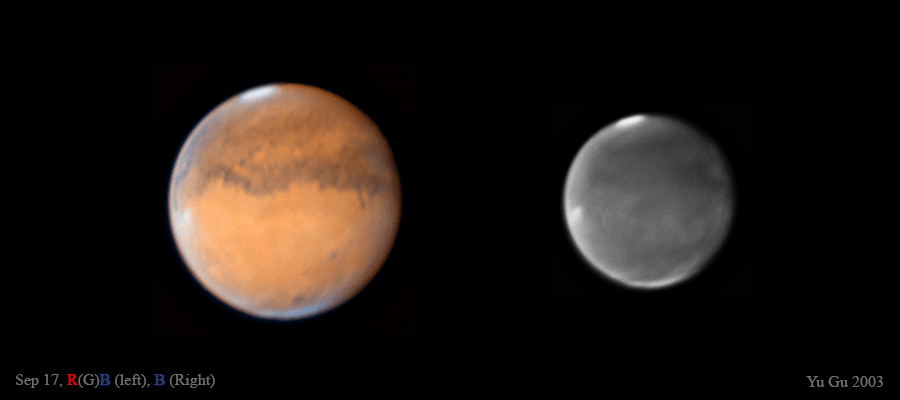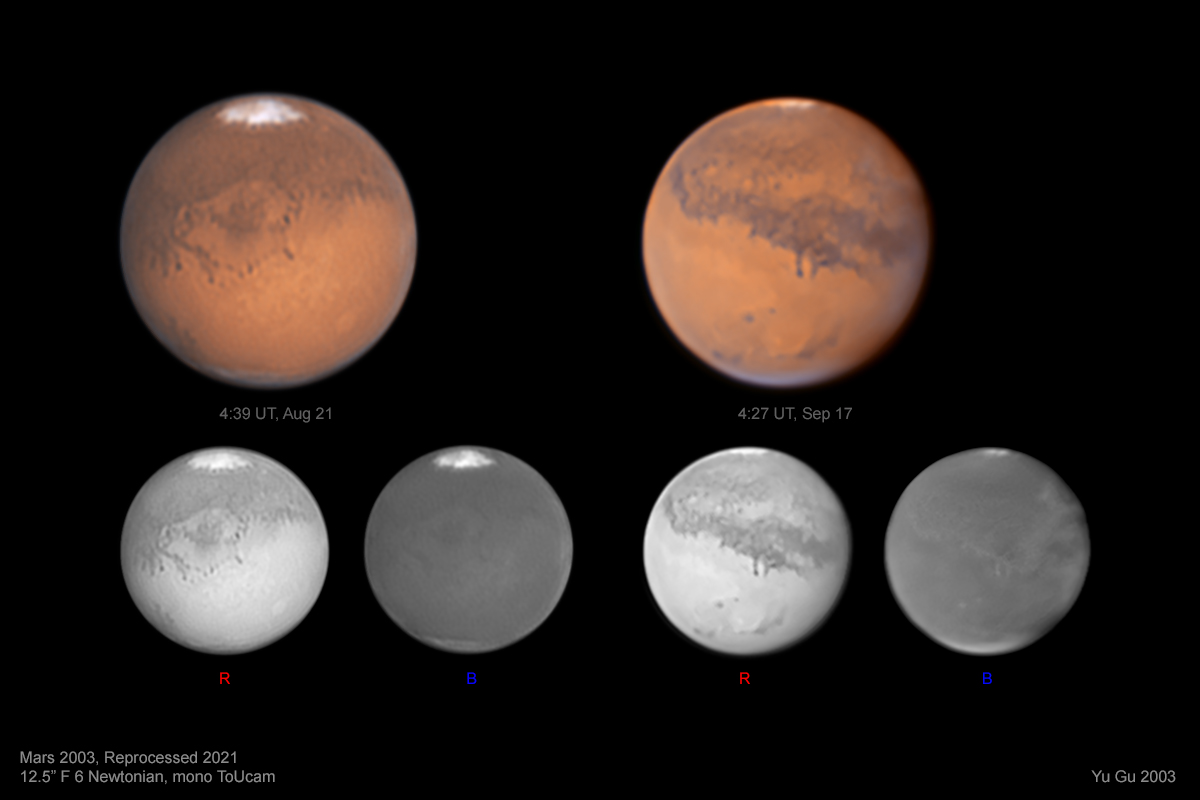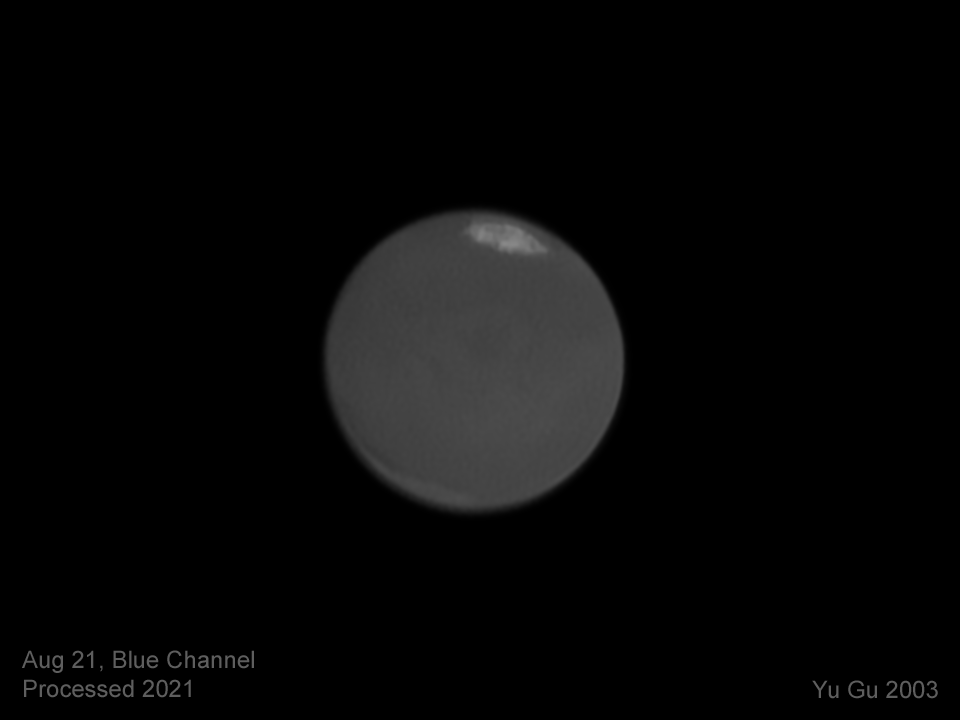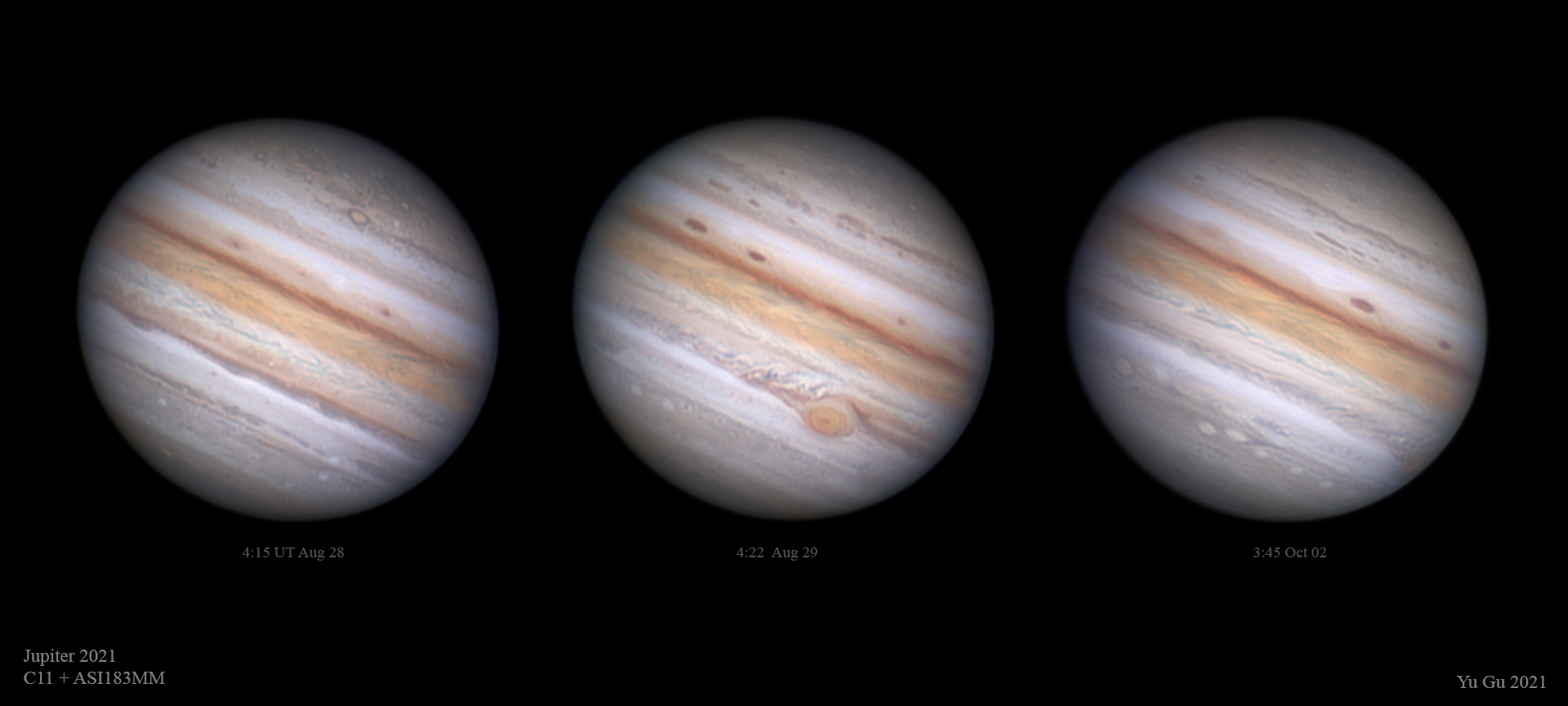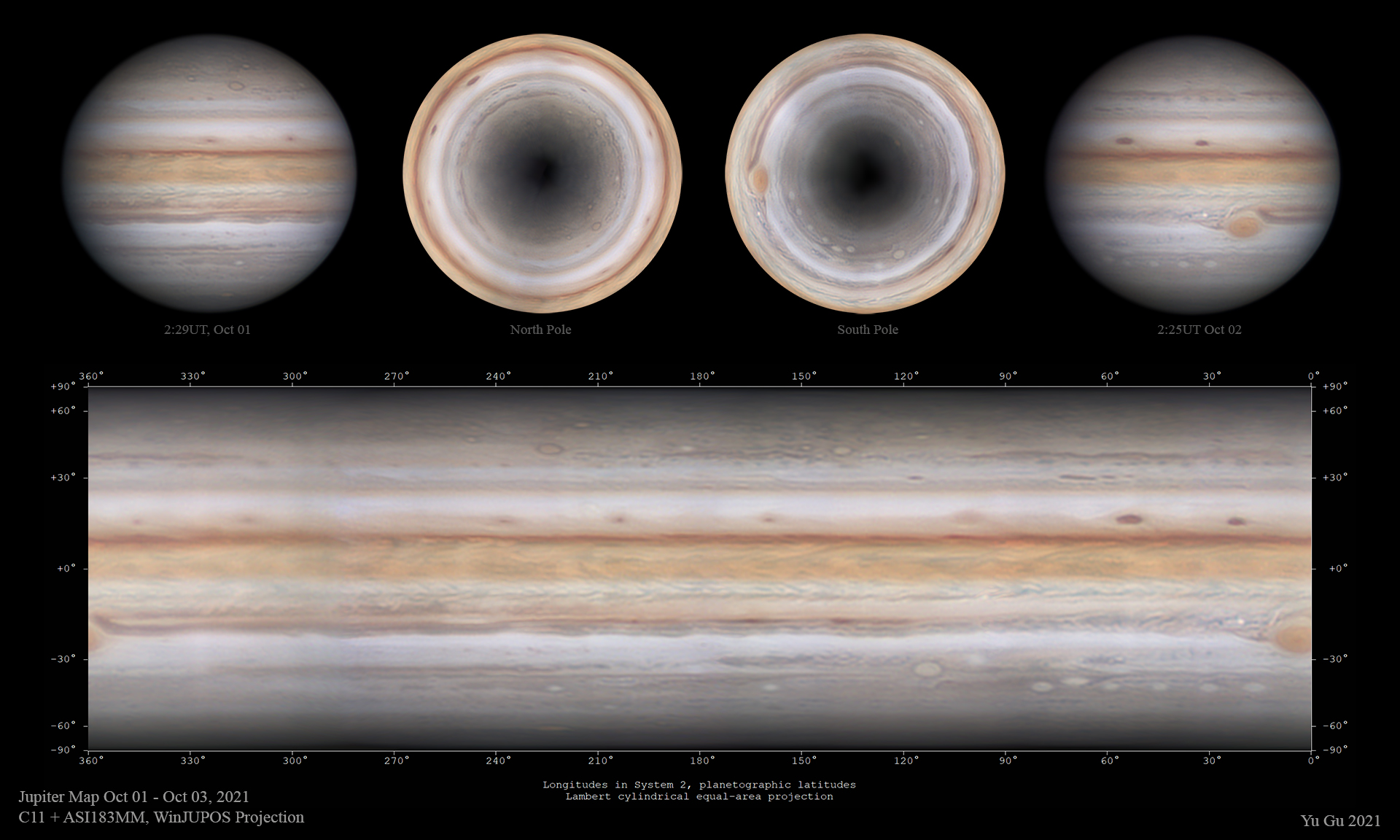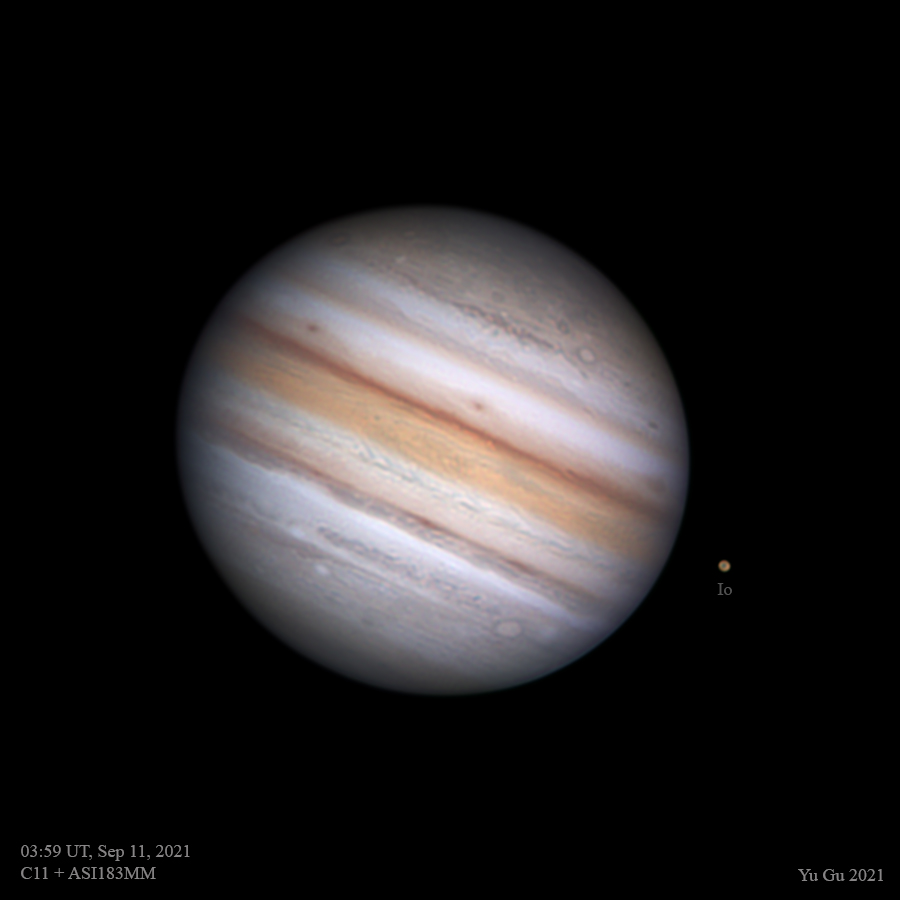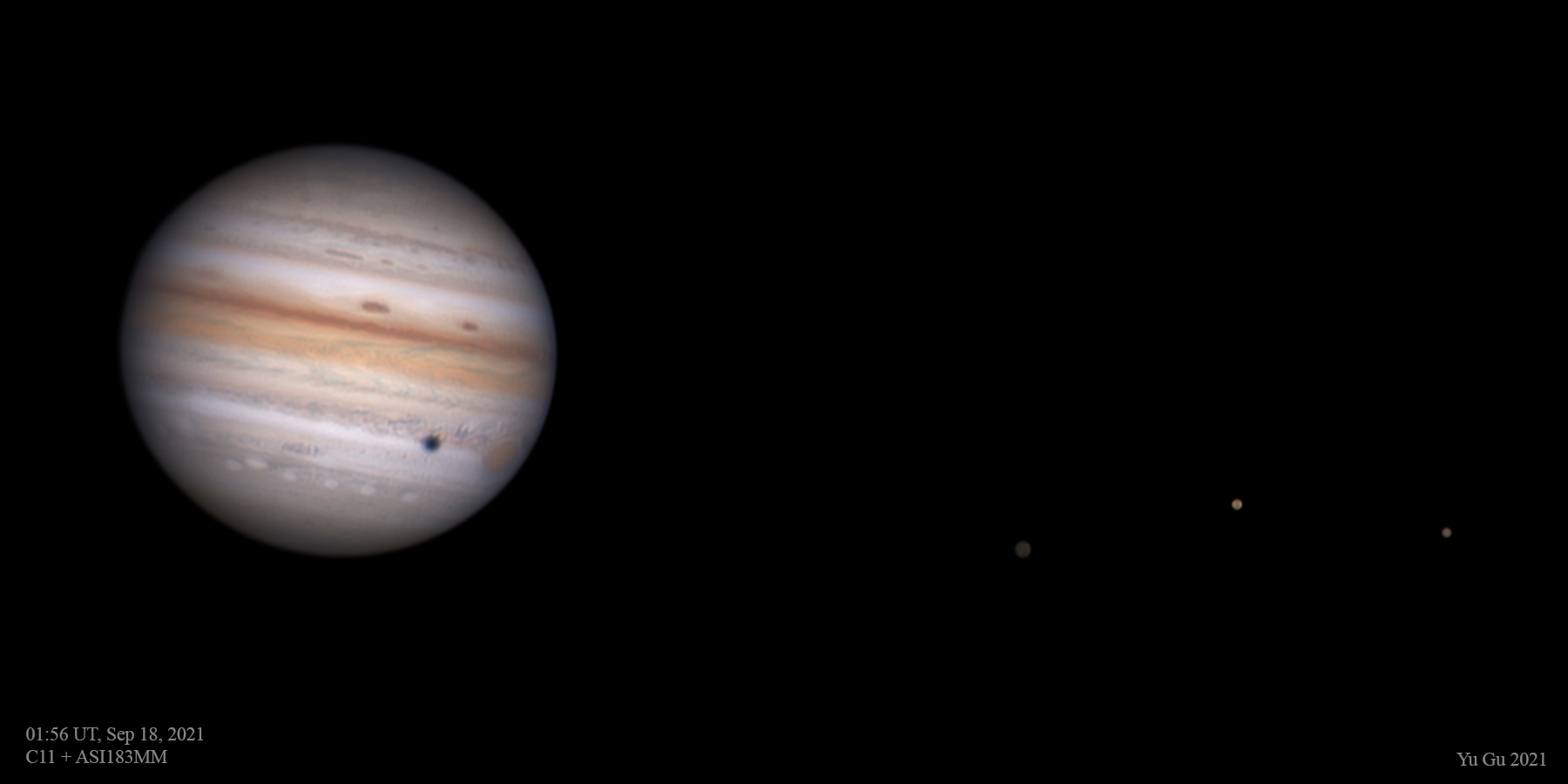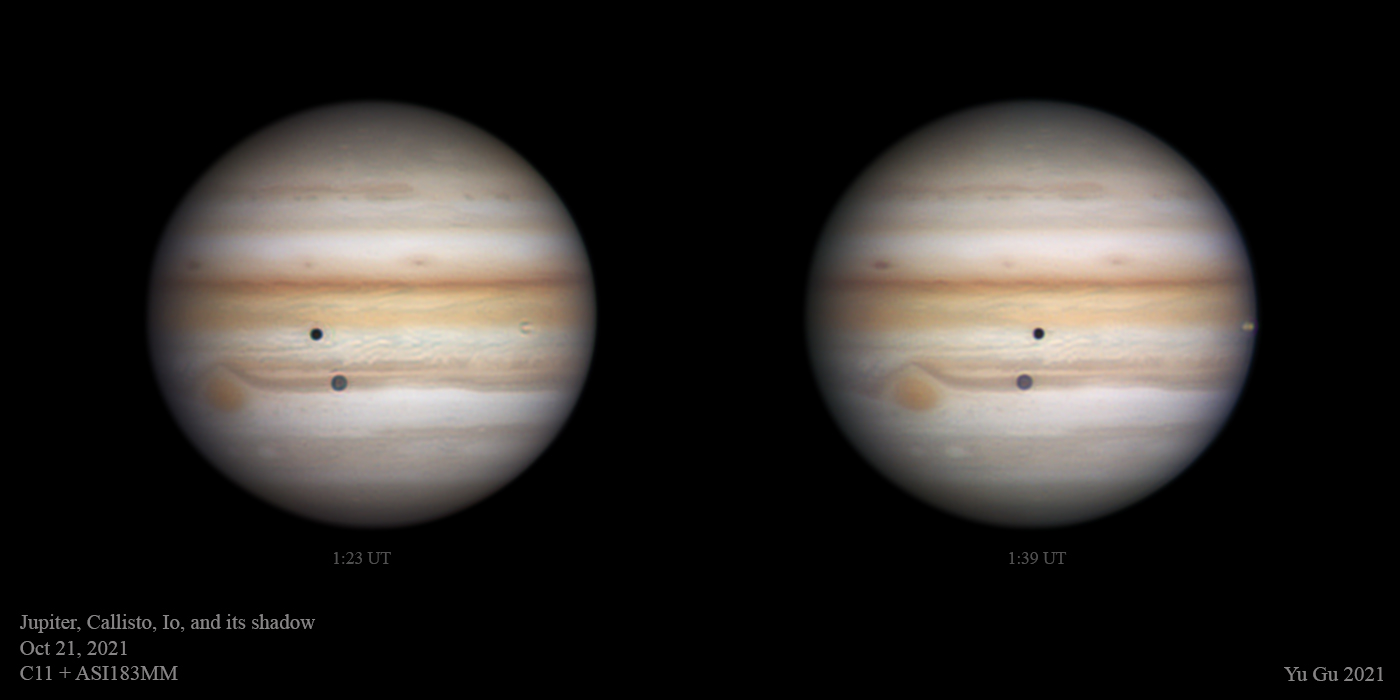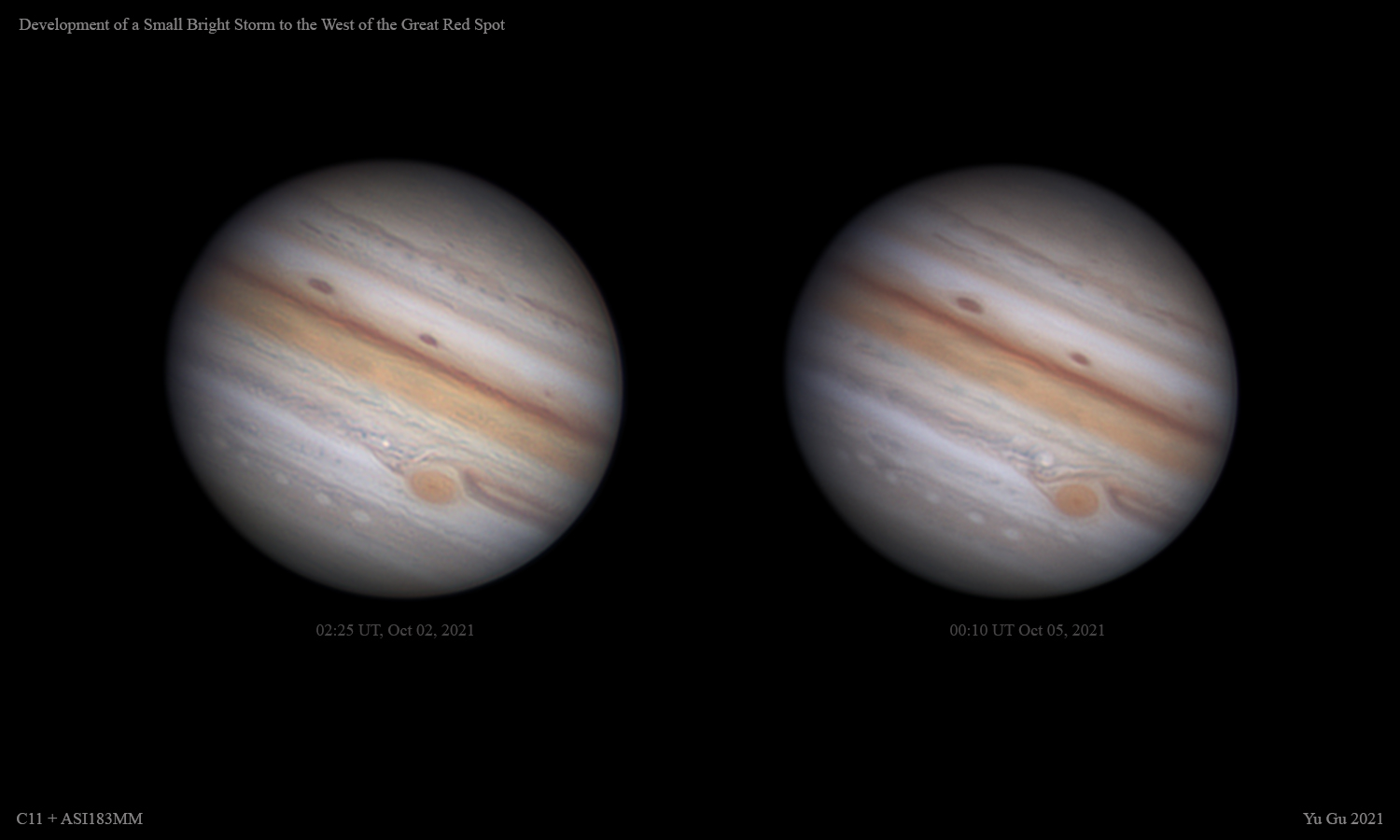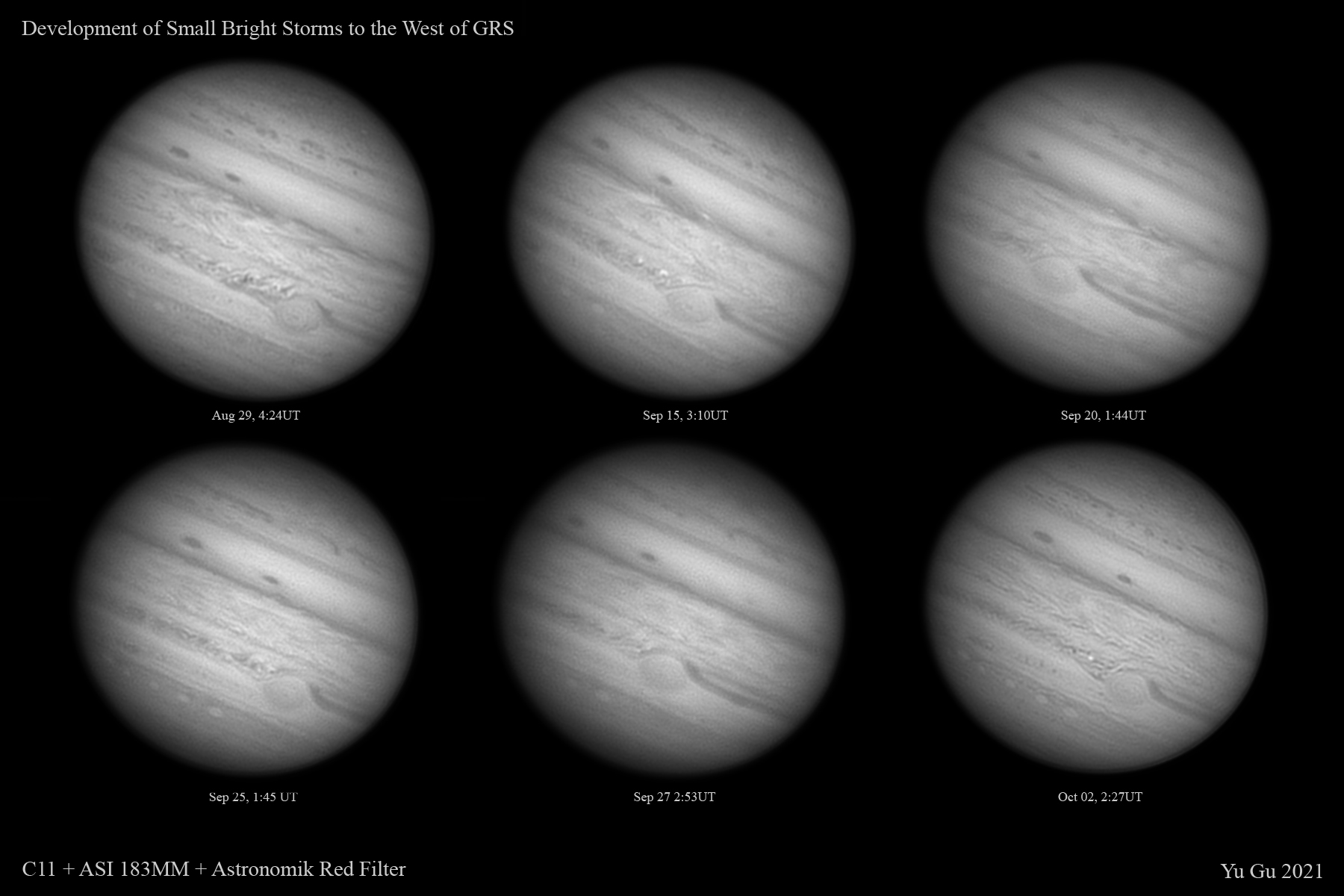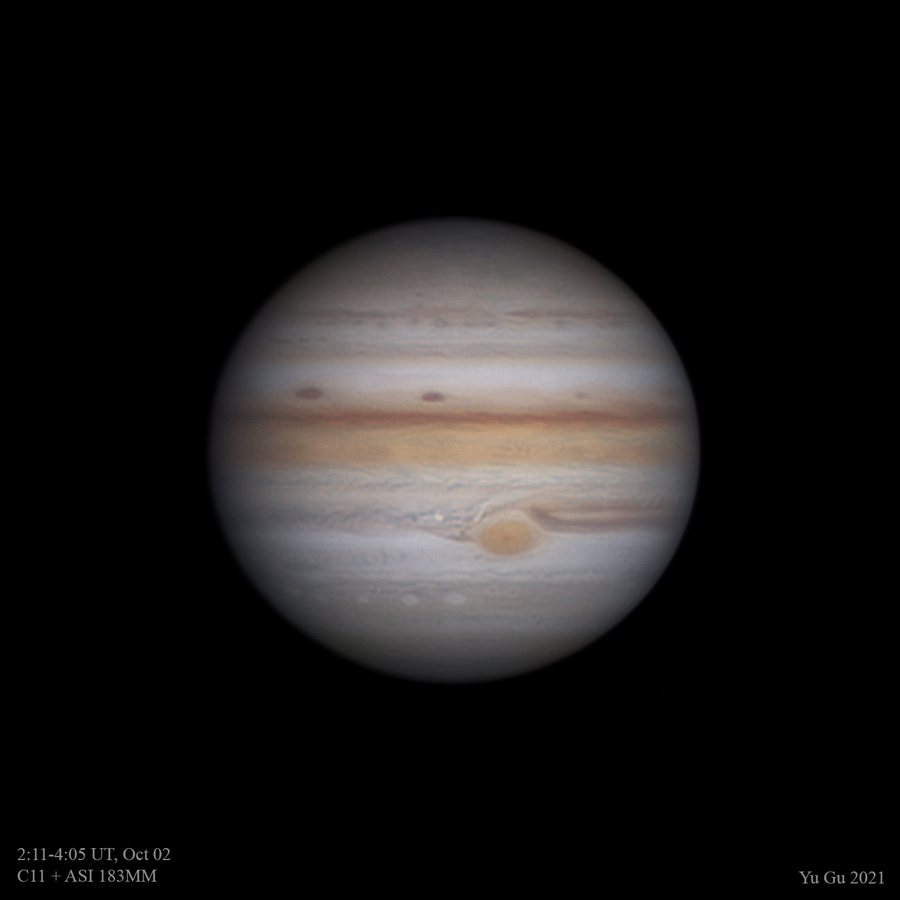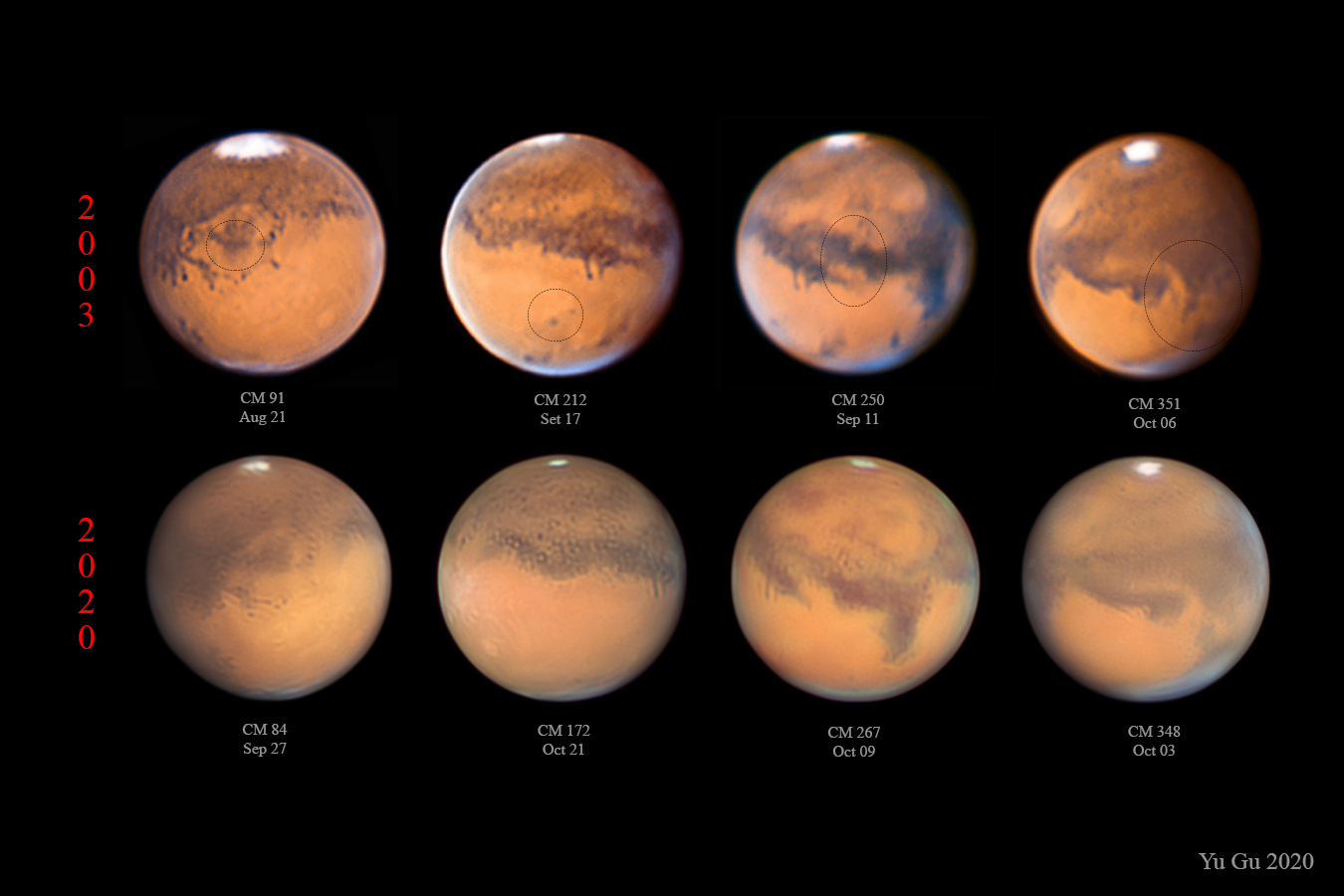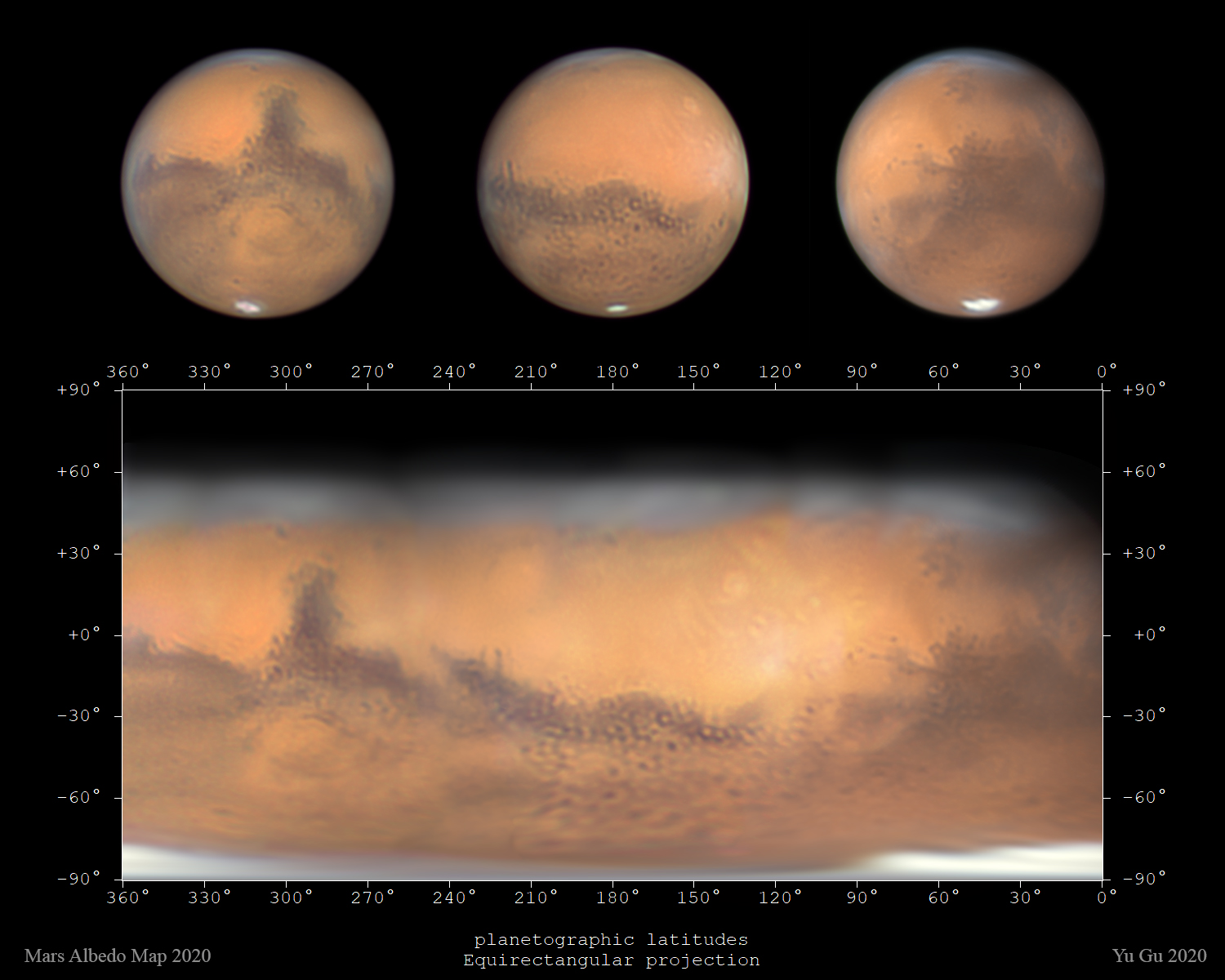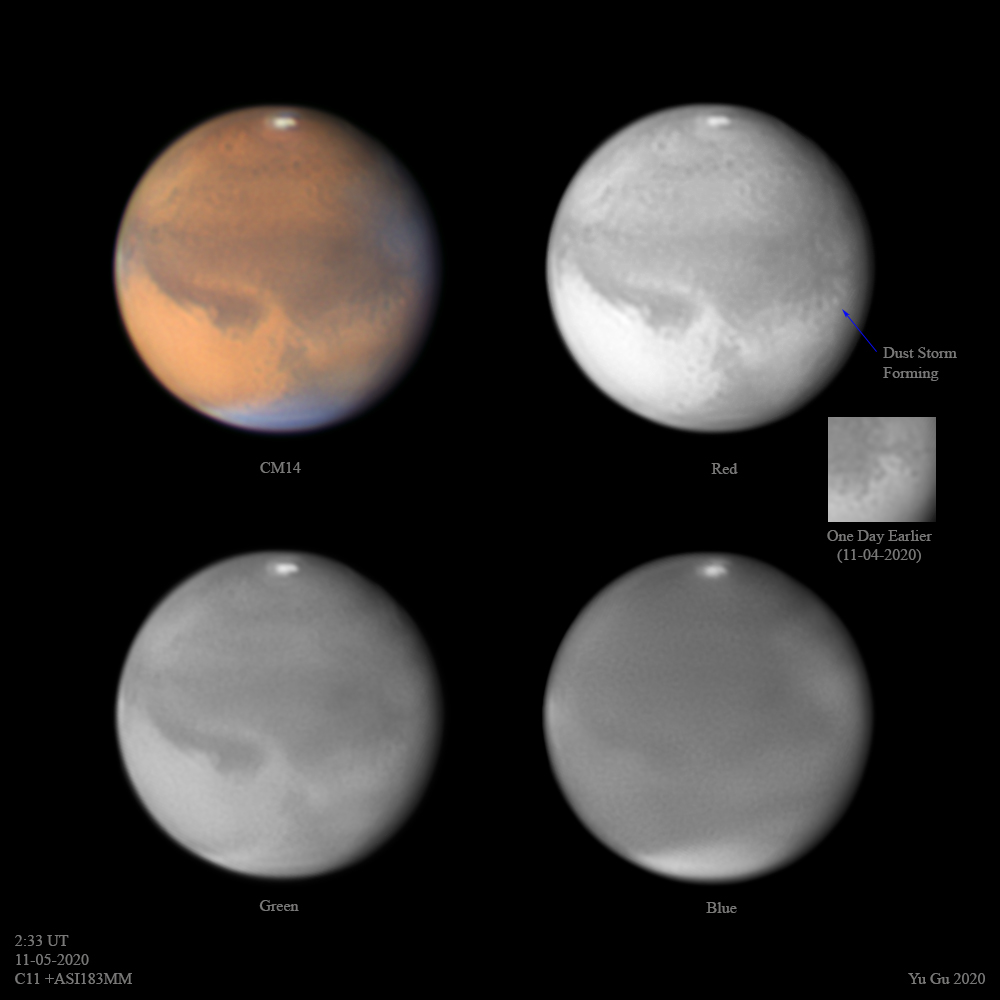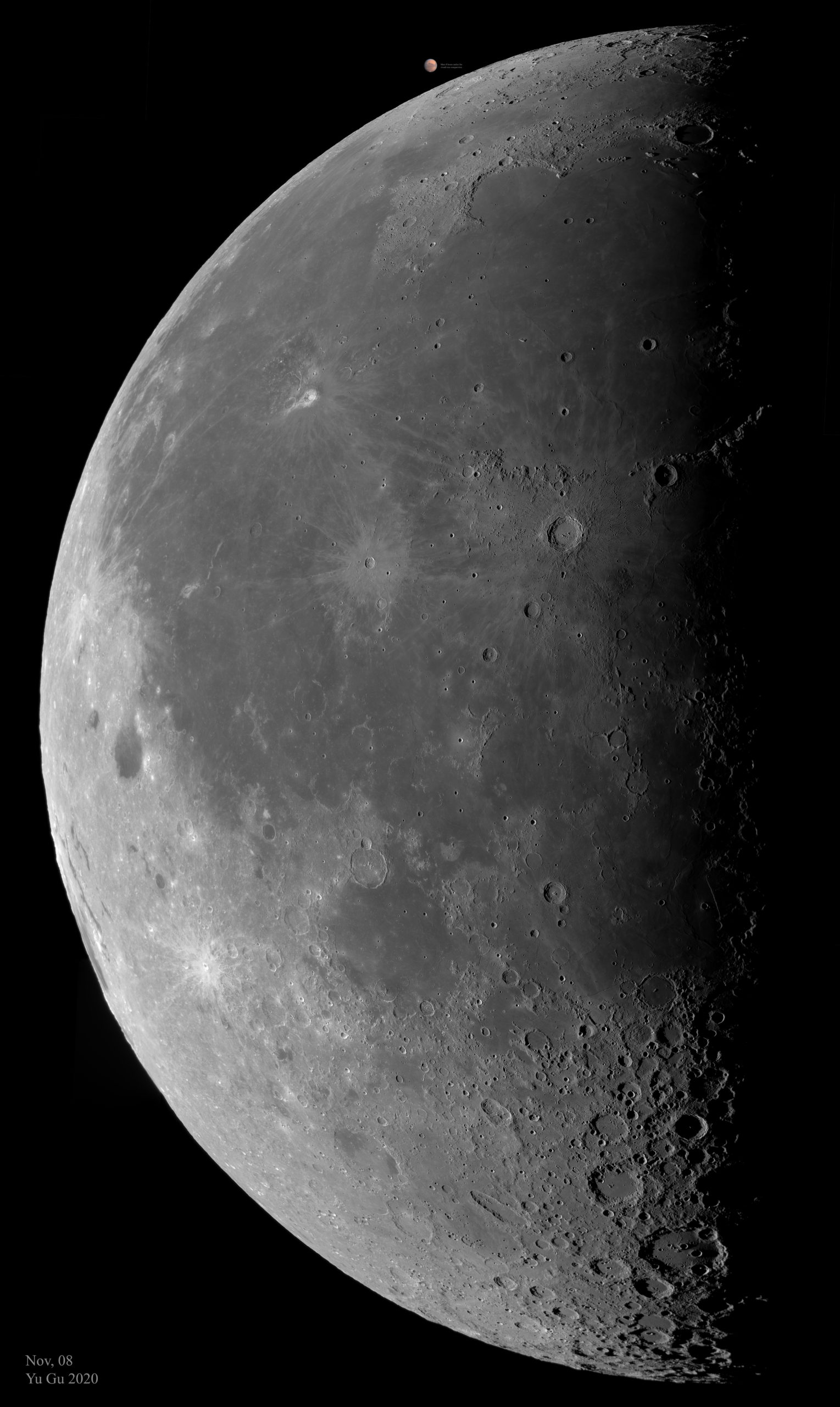August 27, 2003: the day when Mars reached its closest point to Earth in 60,000 years.
There was a lot of hype (and hoaxes) around this Mars opposition. I was also preparing for it by making a 12.5” F6 Newtonian. Still a Ph.D. student at the time, I got help from several friends to make this happen.
The Mars season was a success! With a modified webcam (I sourced a monochrome CCD chip from Italy to replace the color sensor in the webcam!), I captured some really good Mars images.
The success fueled a dream, a larger scope for planetary imaging. I started to plan out a 16” F7.2 Newtonian on a tracking Dobsonian mount. As an engineer student, nothing seems to be impossible at the time.
The design used a mixture of steel, aluminum, and carbon fiber. While the mirror was on order, I built a 6” finder scope first as a testing piece. It was completed in 2004:
By summer 2007, the main scope was taking shape, again with the help of friends, and it was quite impressive 😊
The first light happened on Mar 2008, I believe (I have lost a few pictures of that…), and I remember the view of the moon was incredible.
If you look carefully, you may see motors on the dob mount in the picture above. Building the tracking system for the scope took a long time and was not successful. At the same time, I started on the market for a tenure-track position, and started realizing how inadequate my CV was. The work on the scope slowed, and then stopped.
Many things had happened between 2008 and 2020… The scope spent most of this period in the darkness of a garage, as evidence of “I once had a dream.” I still had the dream, just not the time and energy to pursue it. In the meantime, I found a 16” F5.85 mirror to replace the F7.2 mirror to make the scope more practical.
In 2020, I got a call from Mars again and resumed my astrophotography journey after a 16 year break. With improved cameras and image processing tools, I was able to take better Mars images with 11” SCT.
But what I really wanted was to complete the 16” scope. So, I started working on it again. I bought an equatorial platform to allow tracking but was disappointed to find out the poor quality of my new F5.85 mirror.
After an 18 month wait, now I have another mirror, a 16” F5.25 made by Zambuto. I also modified the scope to be mounted on an equatorial mount. It looks great, but a bit too tall on a pier… A shorter pier (see the photo at the beginning) solved the problem so I can take down the scope by myself at night.
My spaceship is finally ready to go, and I have been enjoying the ride since. Should I dare to dream bigger?
(Click on the photos to see larger size, and check out more photos in Gallery)

